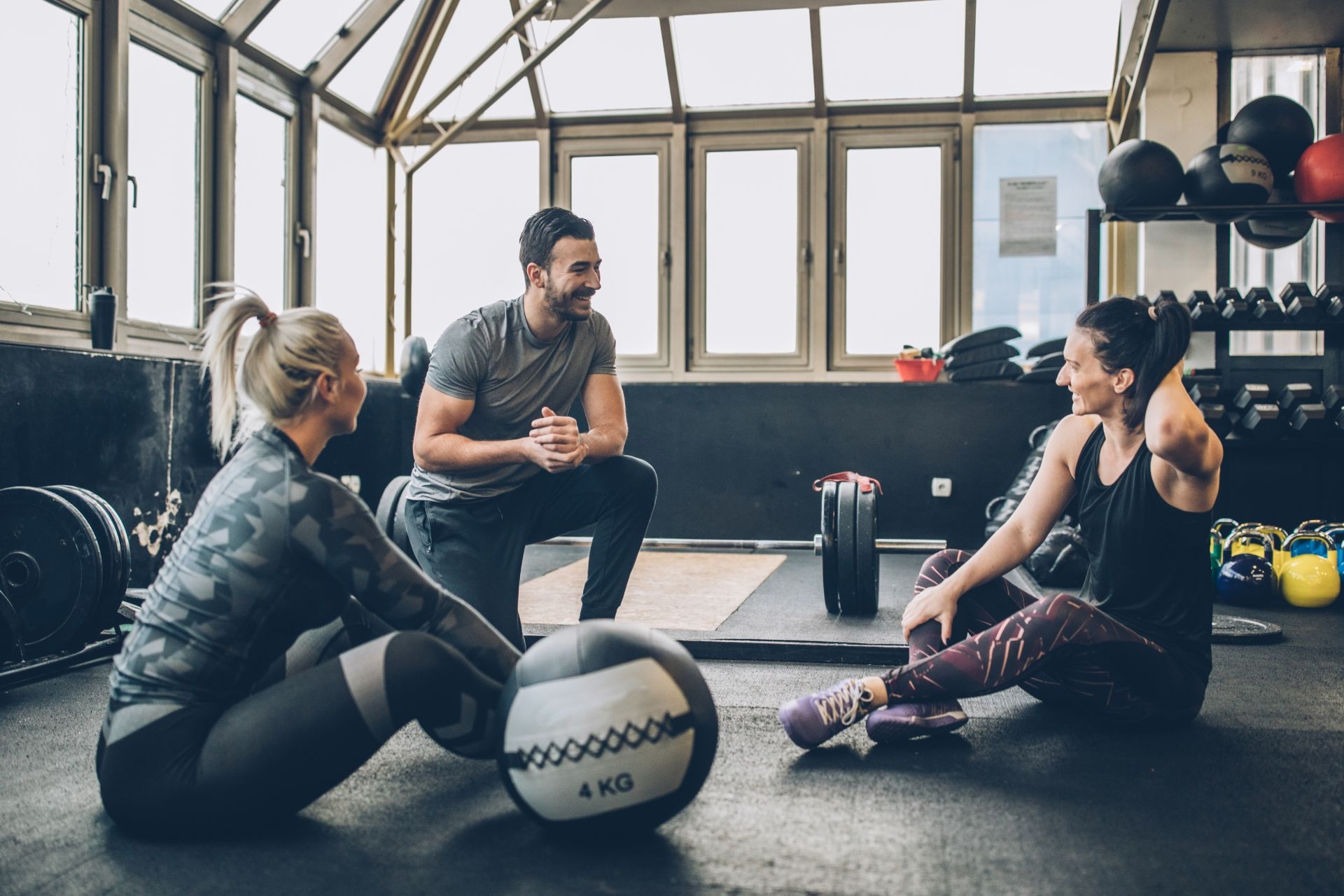Iso-Holds
How do Iso-Holds benefit muscle endurance and strength training?
Iso-Holds benefit muscle endurance and strength training by engaging the muscles in a static contraction for an extended period of time. This sustained contraction helps to fatigue the muscle fibers, leading to increased muscle endurance over time. Additionally, Iso-Holds can help improve muscle strength by challenging the muscles to maintain a specific position against resistance, ultimately leading to muscle growth and development.



